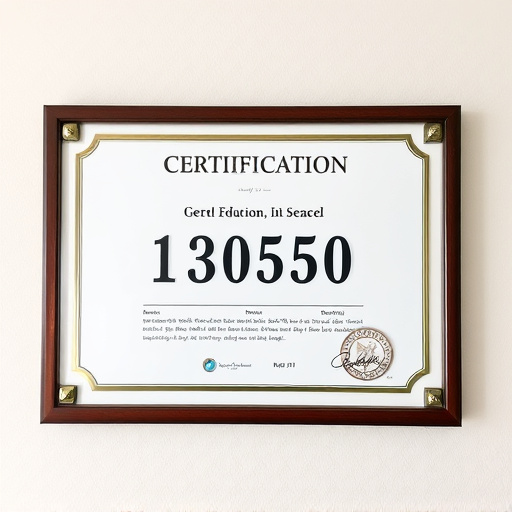Understanding your vehicle's air intake system and referring to your owner's manual are crucial steps before tackling a DIY air intake installation. This involves knowing components like the air box, filter housing, and intake tubes, and selecting the right replacement filter based on driving conditions (e.g., dusty terrains or urban air). Following a step-by-step DIY air intake installation guide ensures safe and effective navigation of the process, including gathering compatible tools, removing and cleaning the stock filter, installing the new one, and double-checking connections before restarting your vehicle.
Looking to enhance your vehicle’s performance with a DIY air intake installation? This comprehensive guide covers everything you need to know. First, understand your car’s air intake system – its components and function. Next, learn how to select the perfect filter for your specific needs, ensuring optimal airflow and efficiency. Then, follow our step-by-step instructions for a successful DIY air intake installation, boosting your engine power and fuel economy.
- Understanding Your Vehicle's Air Intake System
- Choosing the Right Filter for Your Needs
- Step-by-Step Guide to DIY Air Intake Installation
Understanding Your Vehicle's Air Intake System

Before tackling a DIY air intake installation guide, it’s crucial to grasp your vehicle’s air intake system. This intricate network draws in fresh air, filtering it before it reaches the engine. Understanding its components—like the air box, filter housing, and intake tubes—is key to ensuring proper fitment and optimal performance. Each vehicle is unique, so refer to your owner’s manual for specific details about your car or truck’s system.
By familiarizing yourself with this setup, you’ll be better equipped to choose the right replacement filter and navigate any potential challenges during installation. This knowledge also allows you to identify potential bottlenecks or leaks that could hinder airflow, ensuring a successful modification that enhances your vehicle’s overall efficiency.
Choosing the Right Filter for Your Needs

When it comes to selecting a filter for your vehicle, understanding your specific needs is key. Different environments and driving conditions require unique filtration solutions. For instance, if you frequently drive in dusty or muddy areas, a high-flow, oiled filter may be ideal, as it captures smaller particles effectively while allowing for better airflow. In contrast, urban drivers might benefit more from a dry filter that traps fine dust and pollutants commonly found in city air.
A DIY air intake installation guide can be a valuable resource for those looking to enhance their vehicle’s performance. By choosing the right filter, you can ensure optimal engine efficiency and protect your vehicle’s internal components. Consider factors like air flow rate, compatibility with your vehicle’s make and model, and the type of filtration media used – all of which play crucial roles in achieving a successful installation and maximizing the benefits of your upgrade.
Step-by-Step Guide to DIY Air Intake Installation

Performing a DIY air intake installation can be a rewarding way to enhance your vehicle’s performance and efficiency. Here’s a step-by-step guide to help you navigate this process safely and effectively. First, gather all necessary tools and components, ensuring they are compatible with your vehicle make and model. Start by locating the existing air intake system, usually behind the engine compartment. Disconnect the negative battery cable for safety purposes. Next, carefully remove the stock air filter and clean the mounting area to ensure a proper seal. Install the new air intake filter, following the manufacturer’s instructions. Reattach any sensors or brackets that were removed. Finally, secure the new air intake system in place using the provided hardware, ensuring all connections are tight and sealed. Before restarting your vehicle, double-check all connections for any loose parts.
Upgrading your vehicle’s air intake system with a new filter is an accessible and rewarding task for any car enthusiast. By understanding your vehicle’s unique requirements, selecting the perfect fit, and following a comprehensive DIY air intake installation guide, you can significantly enhance engine performance and overall driving experience. Embrace the process, ensure a secure fit, and enjoy the benefits of improved airflow and efficiency on every drive.














